Home>Gardening & Outdoor>Outdoor Recreation & Activities>What Are The Dimensions For The Kubb Game
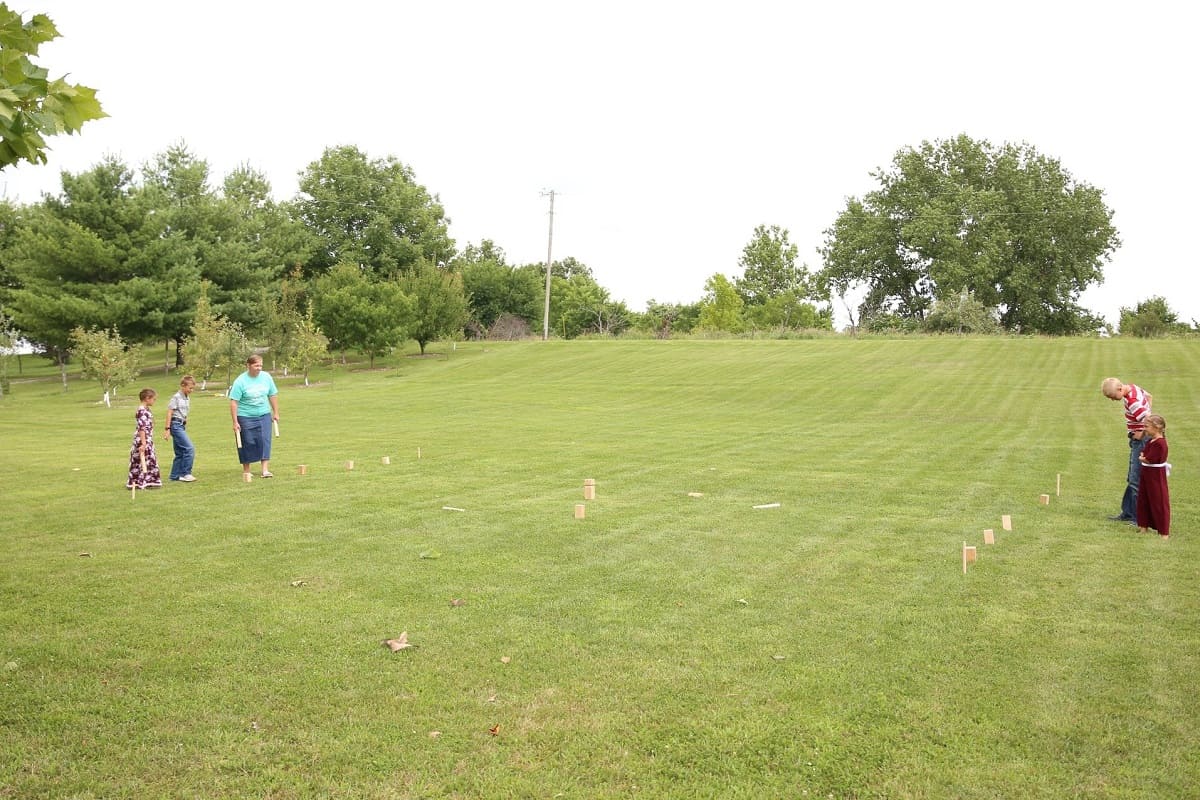

Outdoor Recreation & Activities
What Are The Dimensions For The Kubb Game
Modified: March 2, 2024
Discover the ideal dimensions for the popular outdoor recreation and activities game, Kubb, and ensure your game is set up for success. Learn the proper measurements for a fun and challenging Kubb experience.
(Many of the links in this article redirect to a specific reviewed product. Your purchase of these products through affiliate links helps to generate commission for Storables.com, at no extra cost. Learn more)
Introduction
Welcome to the fascinating world of Kubb, a traditional outdoor game that originated in Scandinavia and has gained popularity worldwide. Kubb, also known as “Viking Chess,” offers a perfect blend of strategy, skill, and friendly competition, making it an ideal pastime for gatherings, picnics, and outdoor events. In this article, we will delve into the dimensions of the Kubb game, shedding light on the history, the game set, the dimensions of the game pieces, and the playing field. Whether you’re a seasoned Kubb enthusiast or a newcomer eager to learn more about this captivating game, this comprehensive guide will provide valuable insights into the dimensions that define the Kubb experience.
Key Takeaways:
- Kubb game pieces, including Kubbs, King Kubb, and batons, have specific dimensions that add strategy and excitement to the game, challenging players to aim with precision and skill.
- The playing field for Kubb matches has standard dimensions, creating a fair and engaging environment for players to showcase their skills and enjoy friendly competition.
Read more: Where Does The Game Kubb Come From
History of Kubb
The roots of Kubb can be traced back to ancient Scandinavia, where it was believed to have been played as early as the Viking Age. This traditional game was not only a source of entertainment but also a means of honing strategic thinking and physical coordination. Over the centuries, Kubb has evolved from a pastime enjoyed by Scandinavian communities into a beloved outdoor activity embraced by people of diverse cultures around the globe.
Legend has it that the game was played by the Vikings, who used wooden blocks to simulate the conquest of opposing kingdoms. The game’s strategic elements and the thrill of knocking down opponents’ blocks made it a favorite pastime among the Norse warriors. As the centuries passed, Kubb continued to be played in various forms, with each region adding its own unique twists and rules to the game.
It wasn’t until the late 20th century that Kubb experienced a revival, spreading beyond its Scandinavian origins to captivate audiences in Europe and the United States. This resurgence led to the standardization of Kubb rules and dimensions, ensuring a consistent and fair playing experience for enthusiasts worldwide. Today, Kubb tournaments and leagues are held in numerous countries, fostering a sense of camaraderie and friendly competition among players of all ages and backgrounds.
The rich history of Kubb reflects its enduring appeal and the universal enjoyment it brings to players and spectators alike. As we explore the dimensions of the Kubb game, it’s important to appreciate the cultural heritage and legacy that have shaped this beloved outdoor pastime.
The Kubb Game Set
The Kubb game set, comprising essential components that define the game’s dynamics, is integral to the Kubb experience. A standard Kubb set typically includes:
- Kubbs (Wooden Blocks): The primary elements of the game, Kubbs are rectangular wooden blocks with dimensions that contribute to the game’s strategic challenges. These blocks serve as both defensive barriers and offensive weapons, requiring precision and skill to topple opponents’ defenses.
- King Kubb: The central piece of the game, the King Kubb stands taller than the other blocks and holds a pivotal role in determining the outcome of the match. Knocking down the King Kubb prematurely can lead to defeat, adding an element of suspense and excitement to the game.
- Batons: Also known as throwing sticks, batons are used to knock down the Kubbs and the King Kubb. These cylindrical wooden rods demand accuracy and finesse, adding an element of physical dexterity to the game.
- Boundary Stakes and String: To establish the playing field, boundary stakes and string are utilized to mark the designated area, ensuring fair and regulated gameplay.
The Kubb game set embodies the traditional craftsmanship and ingenuity associated with outdoor games, offering a tactile and immersive experience for players and spectators. The combination of wooden elements, strategic positioning, and precise throwing techniques encapsulates the essence of Kubb, making it a cherished pastime for outdoor enthusiasts and competitive players alike.
When setting up a Kubb game, the playing field should be 8 meters by 5 meters, with each Kubb piece being 15 centimeters tall and 7 centimeters wide. The King piece should be 30 centimeters tall and 9 centimeters wide.
Dimensions of the Kubb Game Pieces
Central to the allure of Kubb are the distinct dimensions of its game pieces, each contributing to the game’s strategic depth and physical dynamics. Understanding the precise measurements of the Kubb components is essential for maintaining the integrity and fairness of the game. Here are the standard dimensions of the key Kubb game pieces:
- Kubbs (Wooden Blocks): The Kubbs, also referred to as “skittles,” are rectangular wooden blocks with a length of approximately 15 centimeters (6 inches), a width of 7 centimeters (2.75 inches), and a height of 7 centimeters (2.75 inches). These dimensions provide an optimal balance between stability and susceptibility to being knocked over, challenging players to employ strategic throwing techniques to gain an advantage.
- King Kubb: The King Kubb, distinguished by its taller stature, typically measures around 30 centimeters (12 inches) in height, with a width and depth mirroring those of the standard Kubbs. Its prominent size and role as the focal point of the game make the King Kubb a captivating target for players, adding an element of suspense and anticipation to each match.
- Batons: The batons, essential for toppling the Kubbs and the King Kubb, are cylindrical wooden rods with a length of approximately 30 centimeters (12 inches) and a diameter of 4.4 centimeters (1.75 inches). These dimensions offer a balance of weight and maneuverability, requiring players to employ precision and control when aiming at their targets.
- Boundary Stakes and String: While the dimensions of the boundary stakes and string may vary based on personal preferences and the specific playing environment, the standard guidelines recommend a playing field that is approximately 5 meters (16.5 feet) by 8 meters (26.25 feet), demarcated by boundary stakes and string to delineate the boundaries of the Kubb arena.
These precise dimensions form the foundation of the Kubb game, ensuring a harmonious blend of skill, strategy, and fair play. By adhering to these standardized measurements, players can fully immerse themselves in the rich tradition and competitive spirit of Kubb, fostering an environment where camaraderie and sportsmanship thrive.
Playing Field Dimensions
The playing field dimensions for a Kubb match are crucial in establishing the parameters for fair and engaging gameplay. The layout of the playing field not only influences the strategic dynamics of the game but also contributes to the overall experience for players and spectators. Here are the standard dimensions and guidelines for the Kubb playing field:
- Length and Width: The recommended dimensions for the Kubb playing field are approximately 5 meters (16.5 feet) in width and 8 meters (26.25 feet) in length. This spacious yet contained area provides ample room for players to maneuver and strategize while maintaining a sense of intimacy and engagement.
- Boundary Stakes and String: To delineate the boundaries of the playing field, boundary stakes are positioned at the corners, and string is used to connect them, creating a clearly defined arena for the Kubb match. The tautness of the string and the stability of the stakes ensure a consistent and regulated playing area.
- Center Line: A center line, running parallel to the shorter edges of the playing field, divides the area into two equal halves. This line serves as a reference point for players, guiding their positioning and strategic decisions during the match.
- Throwing Line: Positioned approximately 2-3 meters (6.5-10 feet) from the opposing team’s baseline, the throwing line marks the designated area from which players launch their batons toward the Kubbs and the King Kubb. This distance adds an element of challenge and precision to the game, requiring players to gauge their throwing strength and accuracy.
The carefully defined playing field dimensions create a conducive environment for players to showcase their skills, collaborate with teammates, and engage in friendly competition. By adhering to these standard measurements, Kubb enthusiasts can enjoy a consistent and equitable playing experience, fostering a sense of community and sportsmanship within the vibrant world of Kubb.
Read more: What Is A Kubb Tournament
Conclusion
As we conclude our exploration of the dimensions that define the Kubb game, it becomes evident that the precise measurements of the game pieces and playing field are essential elements that contribute to the rich tradition and engaging dynamics of Kubb. From the strategic positioning of the Kubbs to the delineation of the playing area, these dimensions play a pivotal role in shaping the immersive and competitive experience that Kubb offers to players and spectators alike.
Embracing the historical roots of Kubb and the cultural heritage it embodies, enthusiasts and newcomers alike can appreciate the meticulous craftsmanship and thoughtful design that characterize the game’s components. The standardized dimensions of the Kubbs, King Kubb, batons, and playing field foster an environment where skill, strategy, and camaraderie converge, creating memorable moments of triumph and friendly competition.
By understanding and adhering to the dimensions that define the Kubb game, players can immerse themselves in a world where precision, teamwork, and sportsmanship intertwine. Whether participating in casual matches with friends or competing in organized tournaments, the dimensions of Kubb serve as the guiding principles that uphold the integrity and fairness of the game, ensuring an enjoyable and inclusive experience for all.
As Kubb continues to captivate outdoor enthusiasts and foster a sense of community around the globe, the timeless appeal of this traditional game is perpetuated through the adherence to its dimensions and the celebration of its cultural significance. With each match played within the confines of the carefully delineated playing field, and with each strategic throw of the baton aimed at the precisely measured Kubbs, the dimensions of Kubb come to life, weaving a tapestry of tradition, skill, and shared enjoyment.
So, whether you’re a seasoned Kubb aficionado or a curious newcomer, may the dimensions of Kubb serve as a gateway to a world of outdoor recreation, strategic thinking, and memorable experiences, where the timeless allure of this beloved game continues to thrive and unite players across generations and cultures.
Frequently Asked Questions about What Are The Dimensions For The Kubb Game
Was this page helpful?
At Storables.com, we guarantee accurate and reliable information. Our content, validated by Expert Board Contributors, is crafted following stringent Editorial Policies. We're committed to providing you with well-researched, expert-backed insights for all your informational needs.
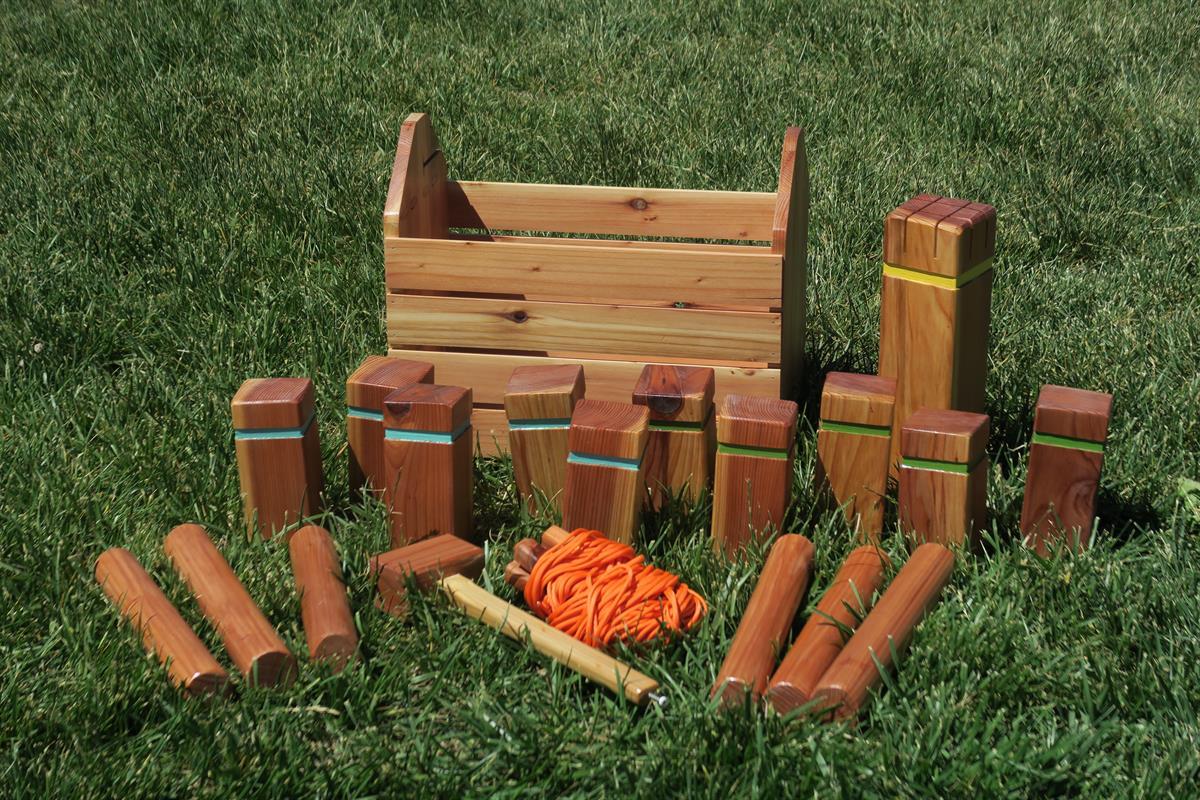
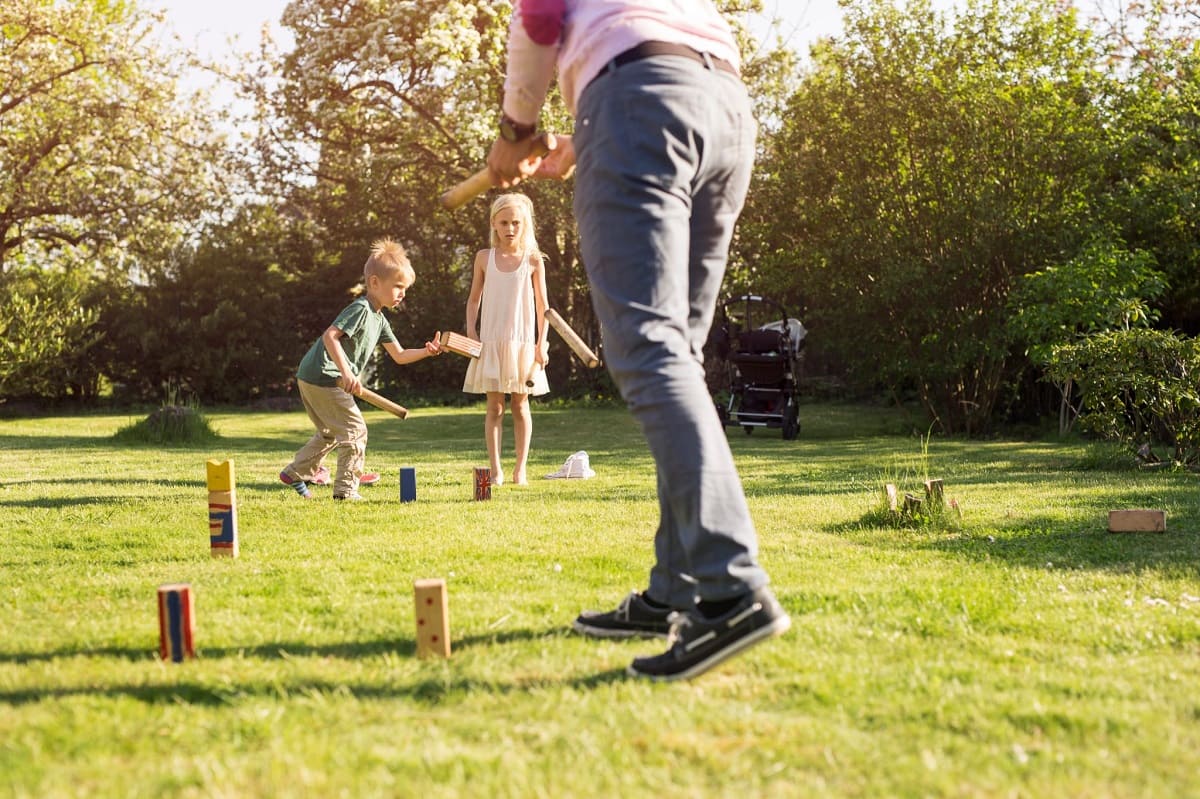
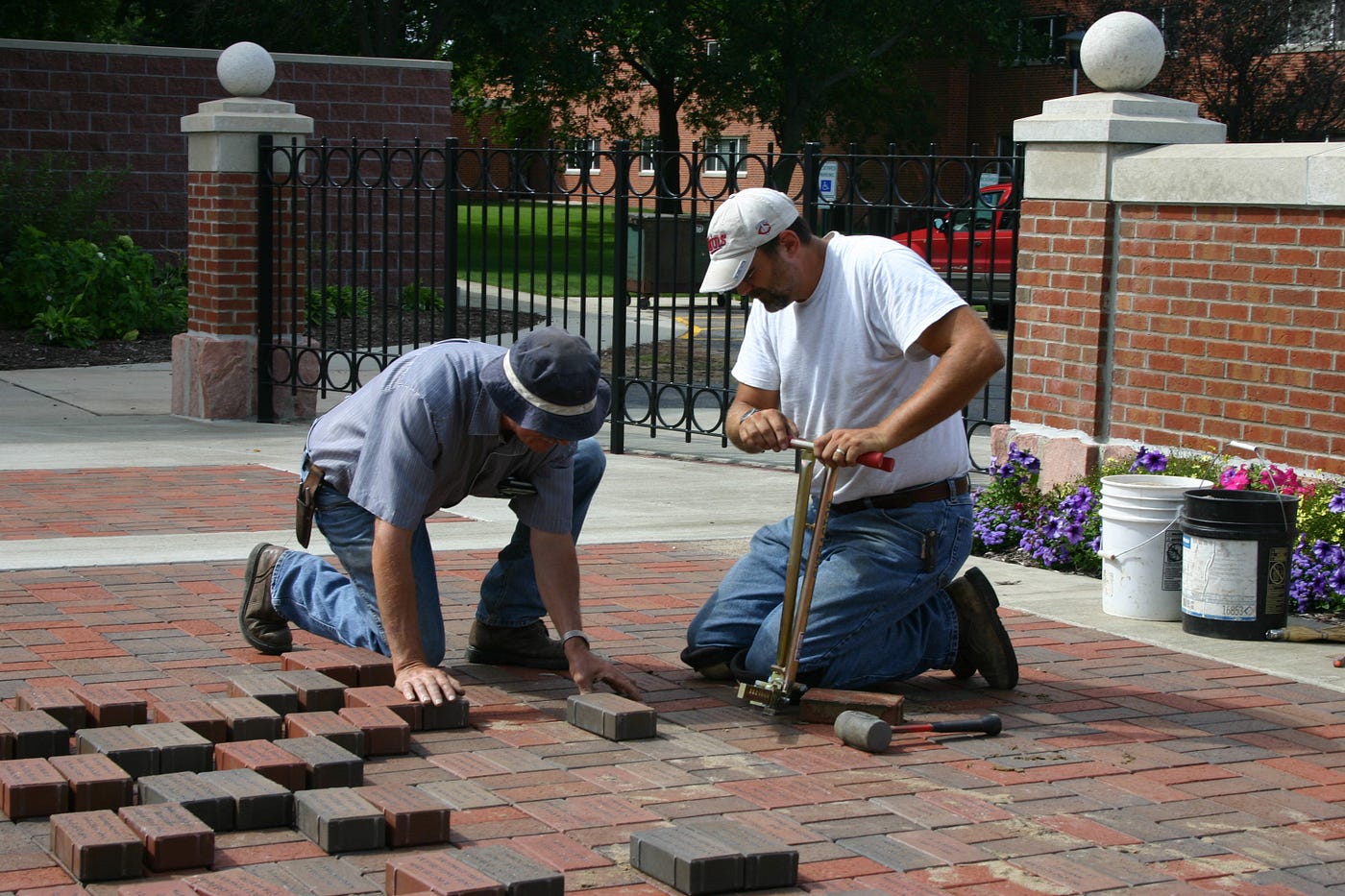
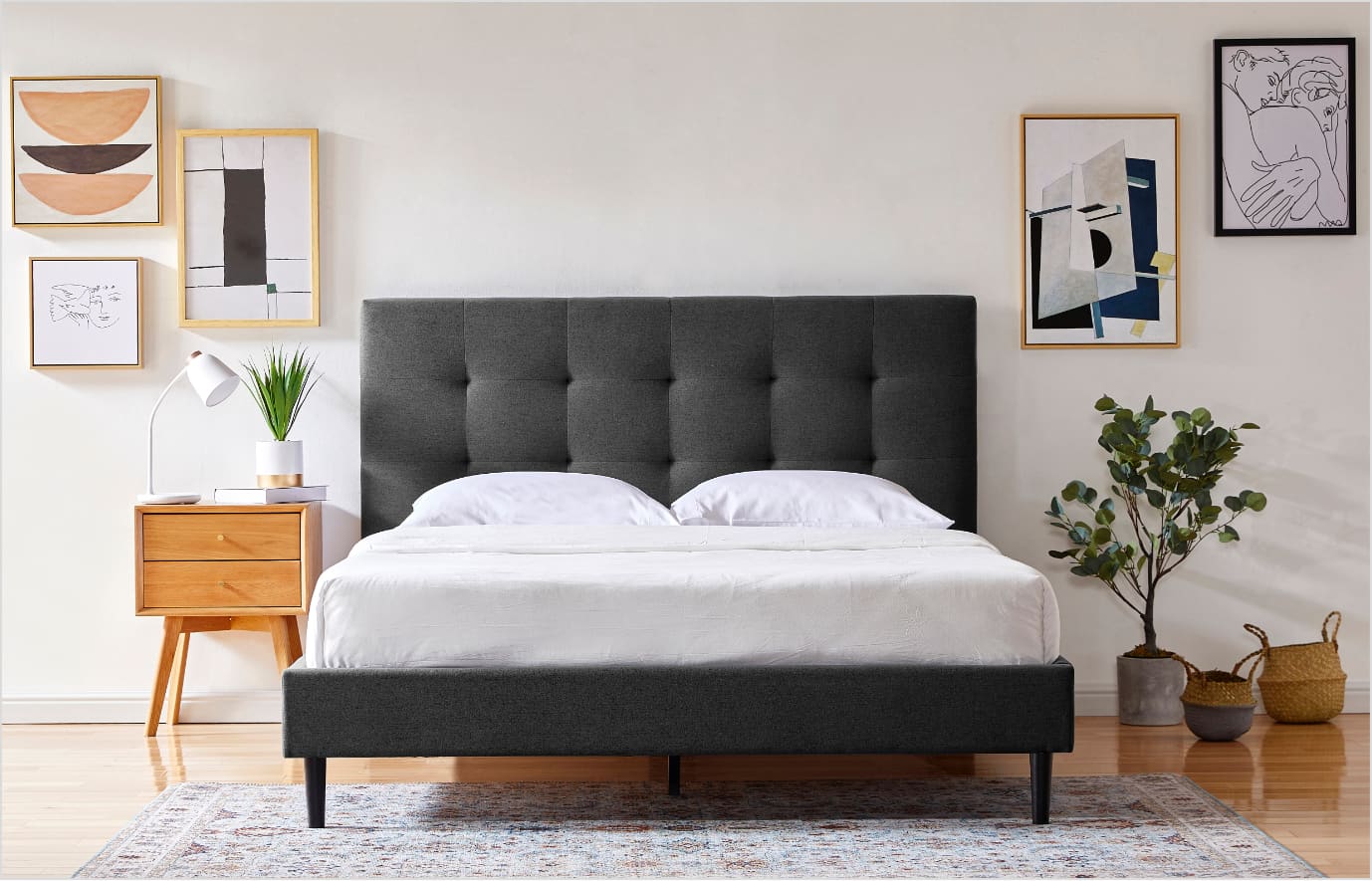
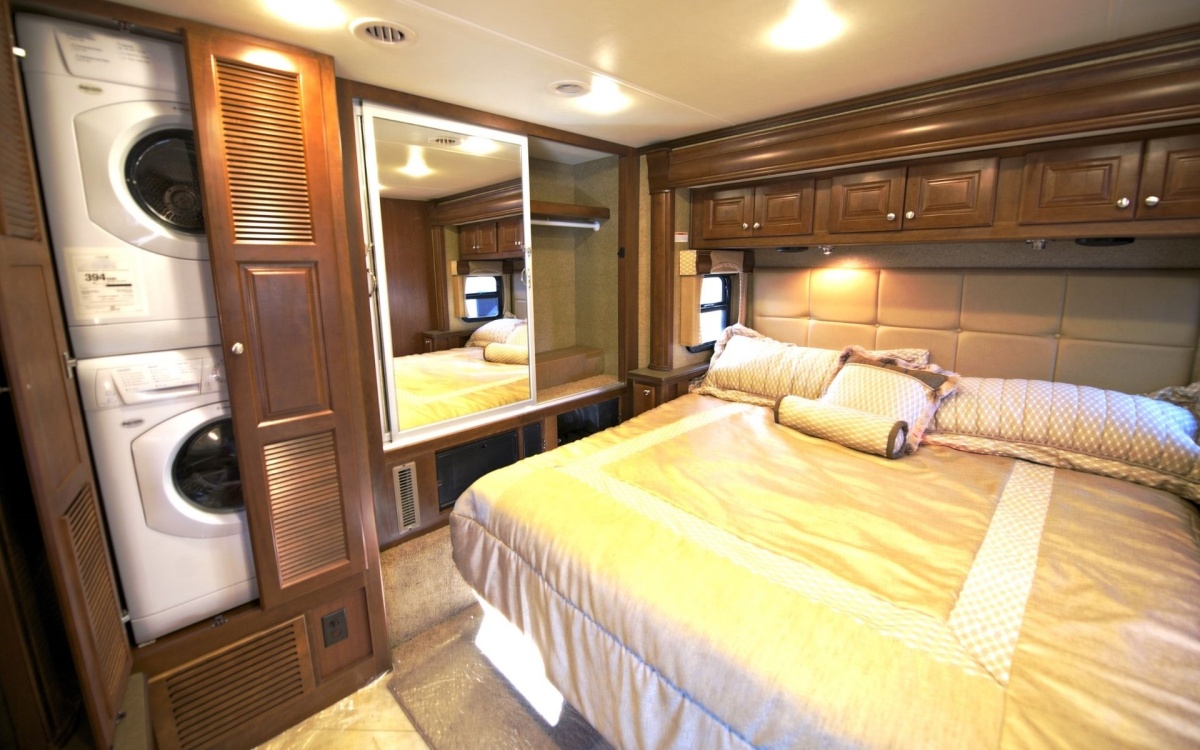
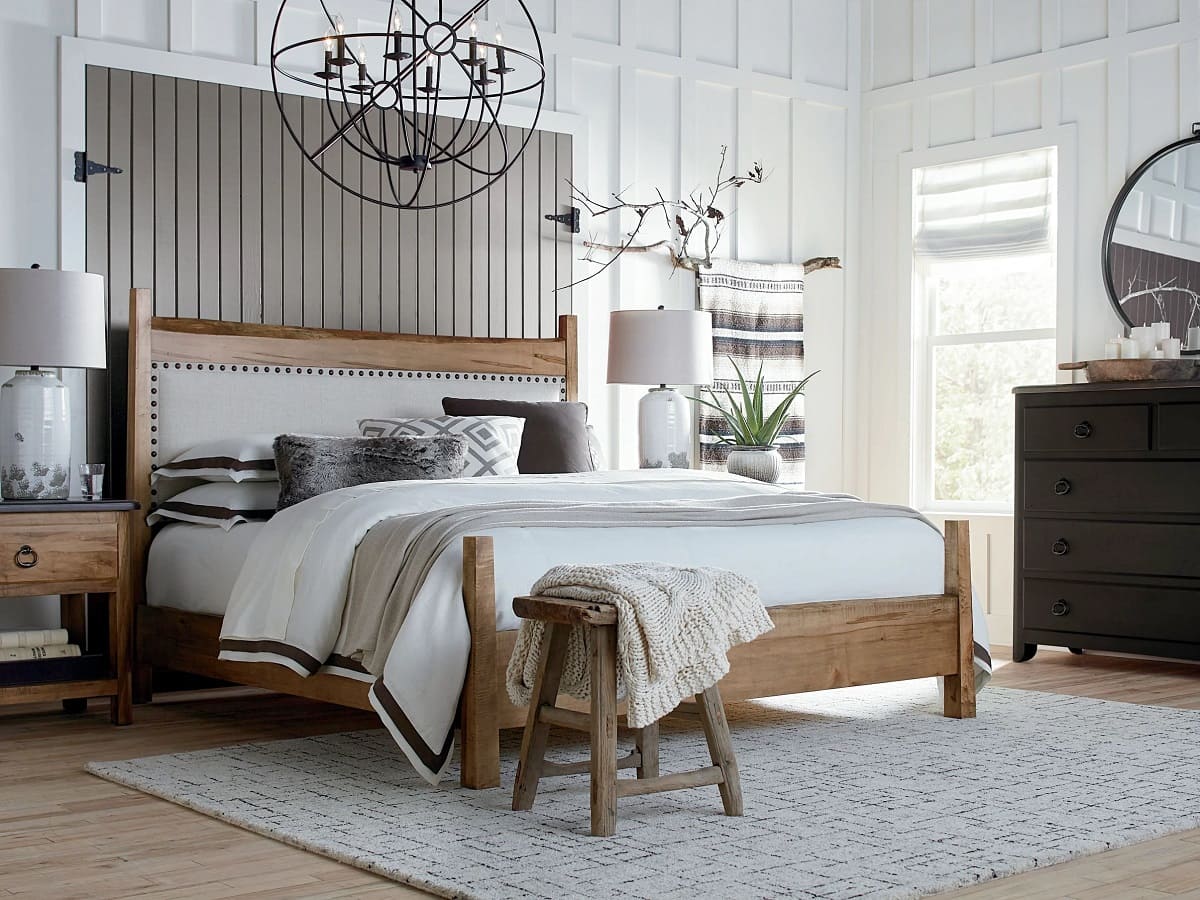
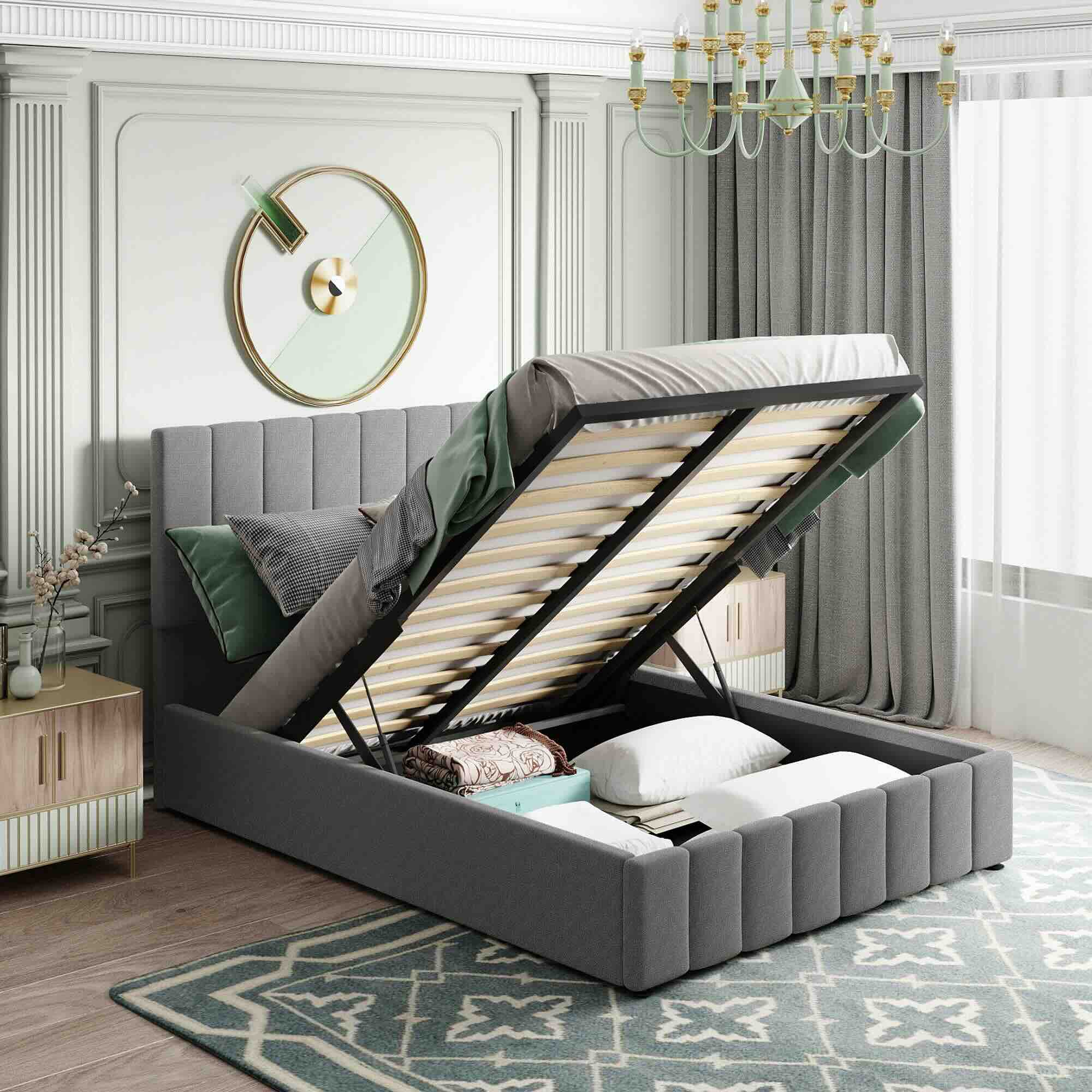
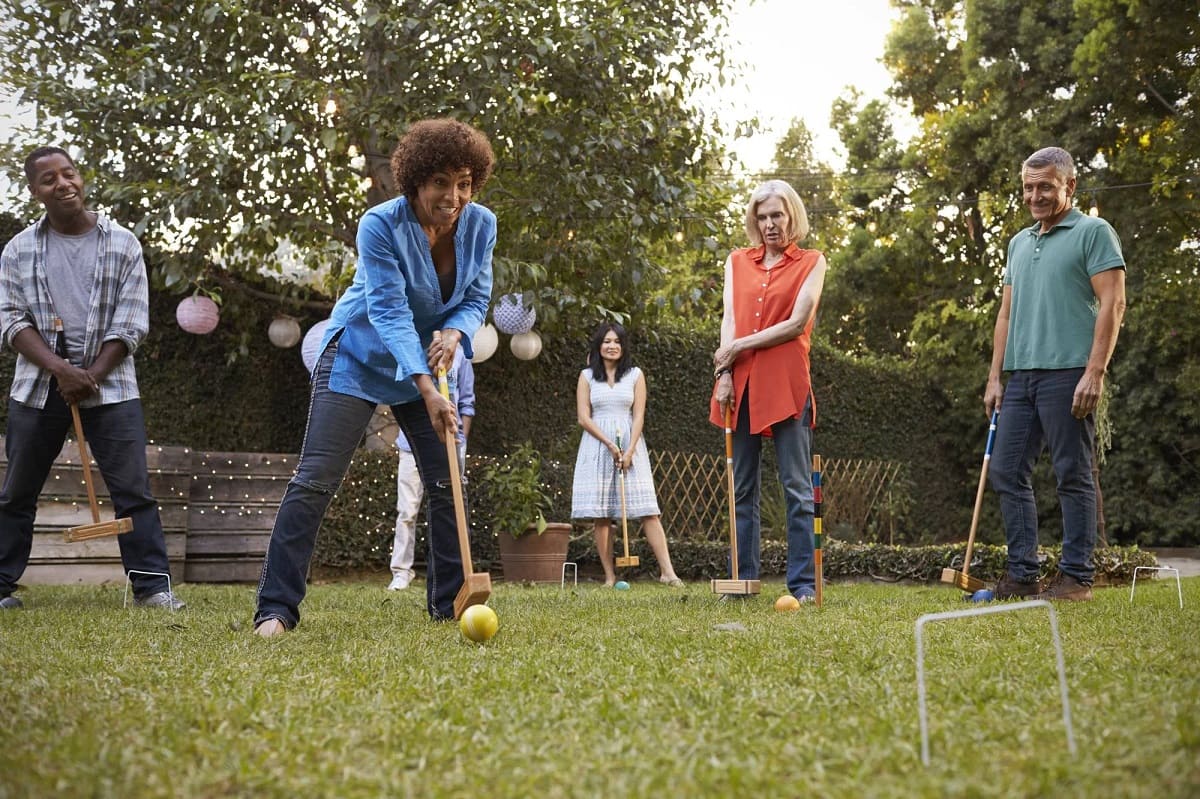
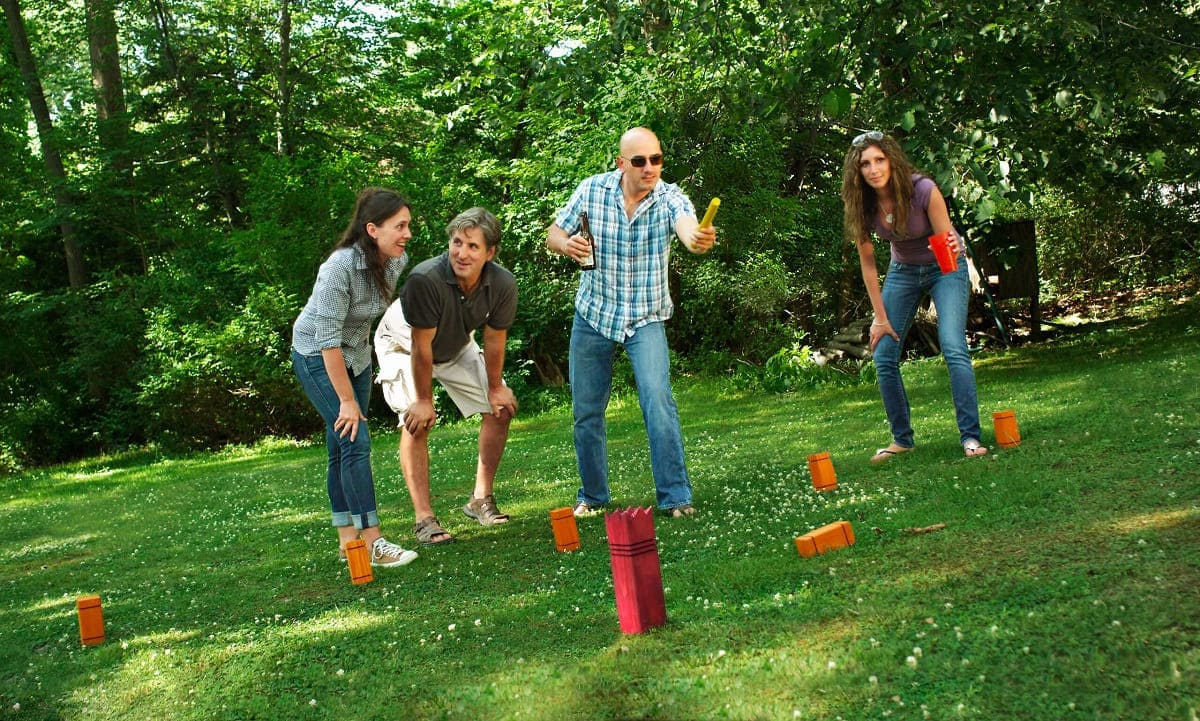

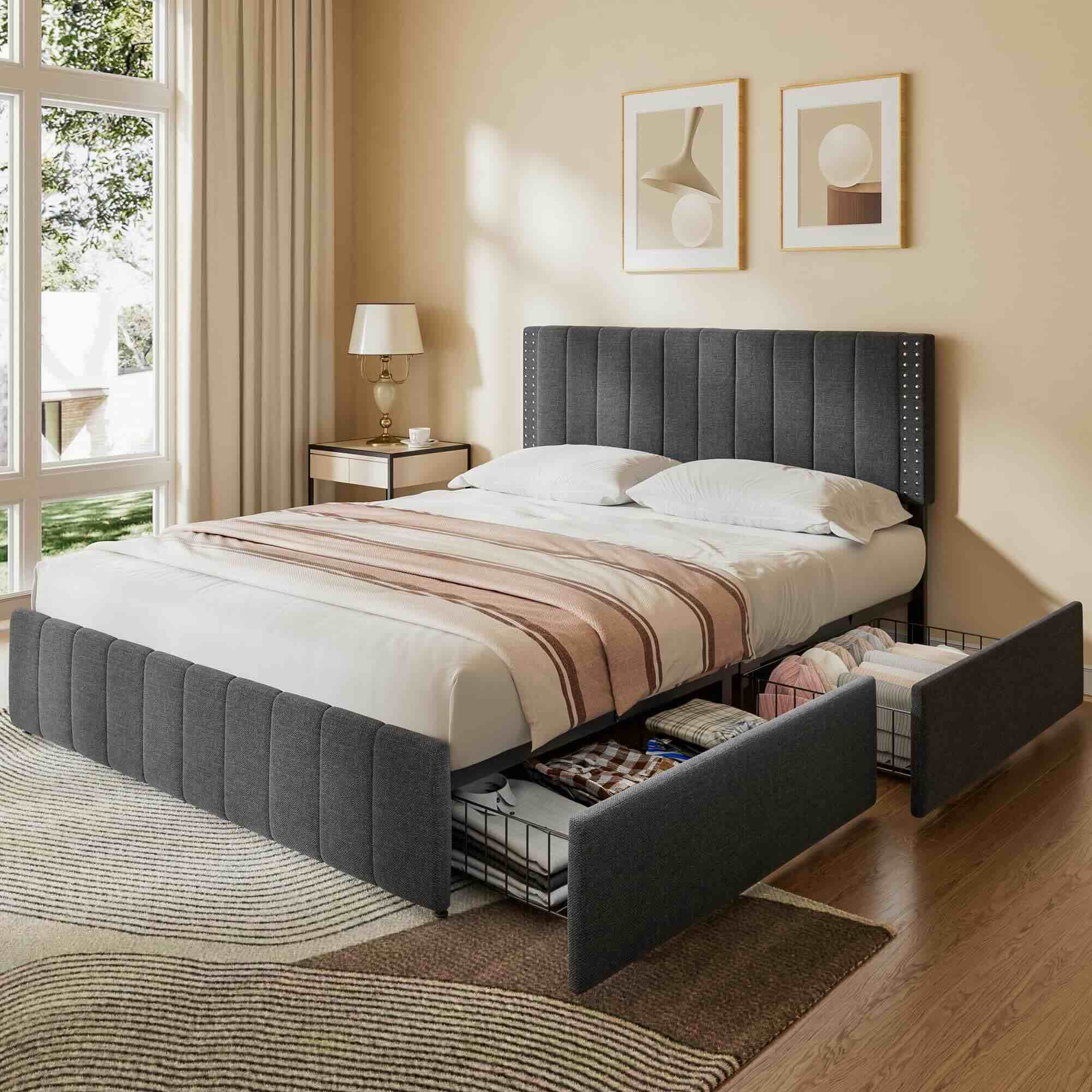
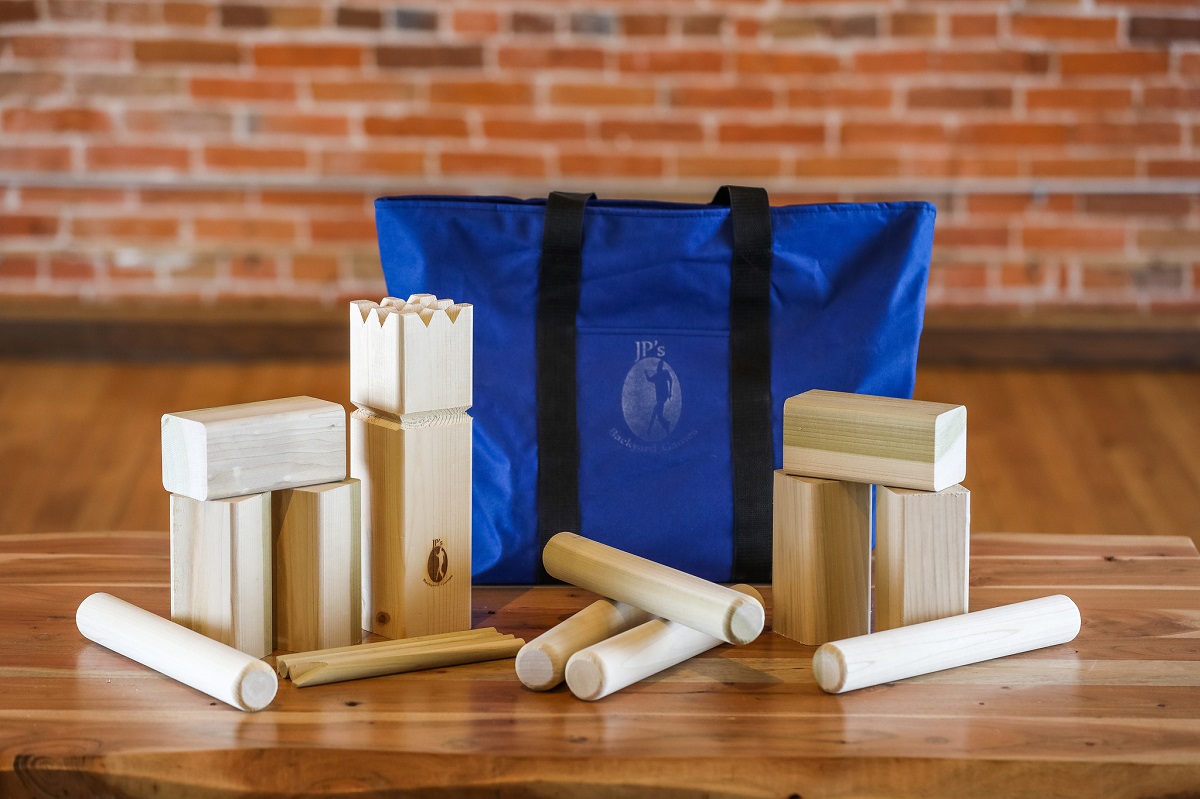
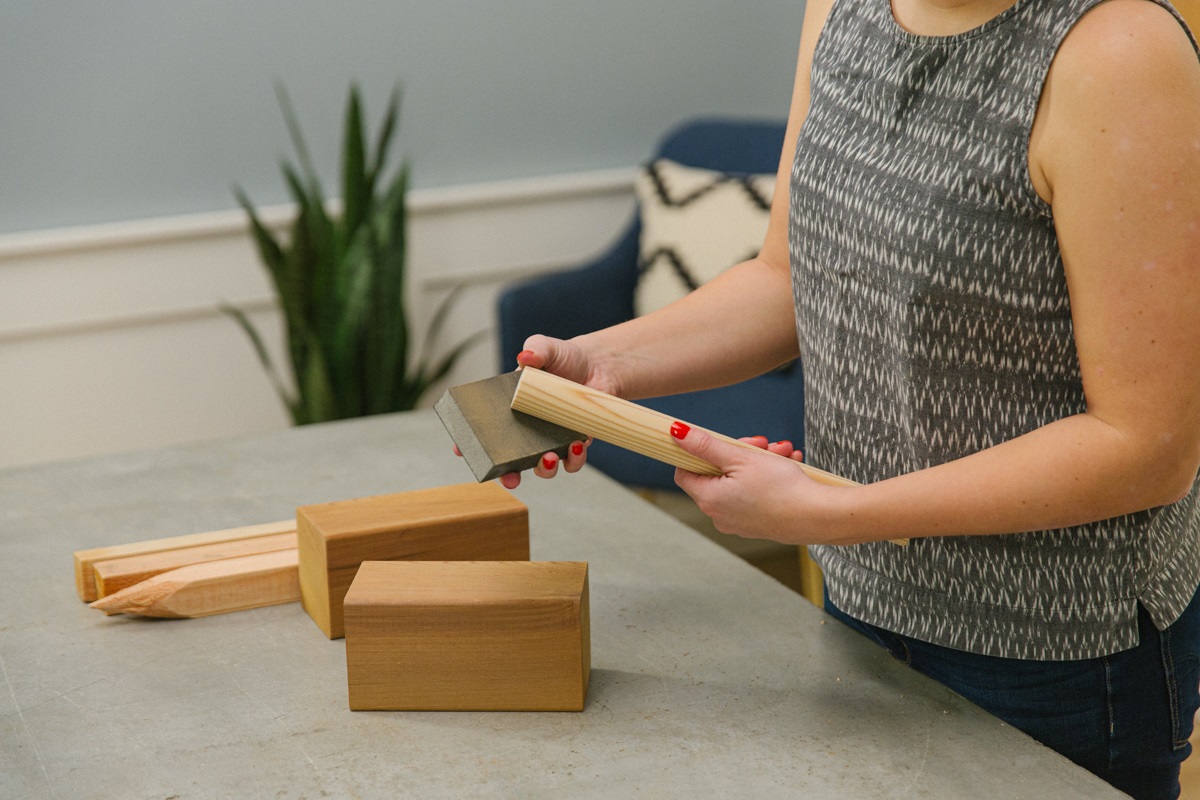


0 thoughts on “What Are The Dimensions For The Kubb Game”